Changes In Proficiency Requirements, Instrument Instruction
Pulled From Final Rule
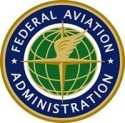 The FAA has decided to withdraw
several of its proposed changes to the sport pilot and sport pilot
instructor regulations following comments made on the NPRM issued
last year.
The FAA has decided to withdraw
several of its proposed changes to the sport pilot and sport pilot
instructor regulations following comments made on the NPRM issued
last year.
On April 15, 2008, the FAA published an NPRM entitled,
"Certification of Aircraft and Airmen for the Operation of
Light-Sport Aircraft; Modifications to Rules for Sport Pilots and
Flight Instructors With a Sport Pilot Rating" (73 FR 20181). The
NPRM proposed to address airman certification issues that have
arisen since regulations for the operation of light-sport aircraft
were first implemented in 2004.
The NPRM contained some 22 rules changes, and over 150 comments
were received from individual pilots and instructors, as well as
from the EAA, AOPA, NAFI, and others. After reviewing those
comments, the FAA did away with many of the proposed changes, and
modified others.
The first four proposed changes, dealing with replacing sport
pilot and sport pilot flight instructor privileges with aircraft
category and class ratings; require issuance of category and class
ratings by designated pilot examiners; and place all requirements
for flight instructors under part 61 subpart H, were withdrawn
completely. The FAA agreed with the commenters that the potential
burden does not justify adoption of the proposal, and withdrew
those portions of the NPRM related to replacing sport pilot and
sport pilot flight instructor privileges with aircraft category and
class ratings. In addition, the FAA is withdrew the proposed
requirement that proficiency checks be conducted by DPEs instead of
authorized instructors, as well as the proposal to move all
requirements for flight instructors with a sport pilot rating from
subpart K to subpart H.
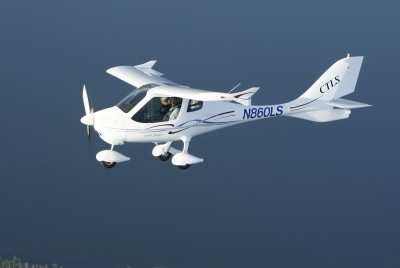
Additionally, when the FAA proposed to include all requirements
for flight instructors with a sport pilot rating in subpart H, the
FAA clarified the limitations set forth in current § 61.415 by
proposing to revise § 61.195 to indicate that a flight
instructor with a sport pilot rating may only provide flight
instruction in a light-sport aircraft. Although the FAA is not
adopting the proposal to place all requirements for flight
instructors with a sport pilot rating in part 61 subpart H, the FAA
is revising the introductory text of § 61.415 to specify that
a flight instructor with a sport pilot rating may only provide
flight training in a light-sport aircraft. The FAA says this change
clarifies the original intent of the 2004 final rule.
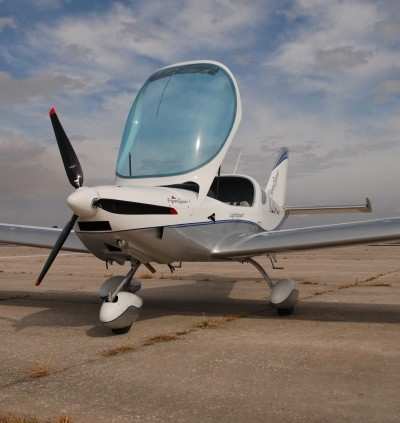
While the FAA is not adopting its proposal to remove provisions
for the conduct of proficiency checks by flight instructors and
include provisions for the issuance of category and class ratings
by DPEs, the agency remains concerned that it may not have a
complete record of those individuals who have received sport pilot
privileges as a result of satisfactory completion of a proficiency
check conducted by an authorized instructor. Instead, the FAA is
implementing non-regulatory procedures, which will improve its
ability to obtain a record of all proficiency checks conducted by
flight instructors.
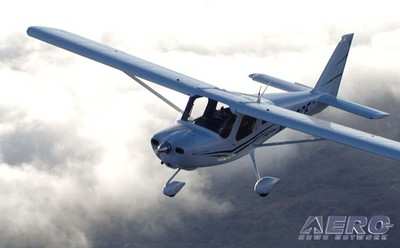
Another of the withdrawn proposals would have required student
pilots seeking a sport pilot certificate and sport pilots operating
an airplane with a maximum airspeed in level flight with maximum
continuous power (VH) greater than 87 knots calibrated airspeed
(CAS) to receive and log 1 hour of flight training on the control
and maneuvering of an aircraft solely by reference to instruments.
Many commenters, however, objected to the proposed change. They
asserted that the proposal would go beyond the intent of the 2004
rule because sport pilots may only fly in day VFR conditions, the
FAA did not offer any data to suggest that there is a safety
problem that would necessitate such training, and that flight
instructors with a sport pilot rating typically receive only 1 hour
of instrument training and therefore do not have necessary
instrument training to adequately train other airmen.
Although the FAA contends that inadvertent flight into
instrument conditions by pilots not appropriately rated to conduct
such flight constitutes a significant safety hazard, the FAA agreed
with the commenters’ concern that flight instructors with a
sport pilot rating would not have necessary instrument training to
adequately train other pilots for flight by reference to
instruments. Additionally, the proposal would have required a
student pilot seeking a sport certificate or a sport pilot to
obtain instruction in an aircraft equipped for instrument flight
when the aircraft in which he or she normally conducts flight
operations is not equipped for instrument flight. Based upon these
concerns and the potential burden the proposed requirement would
have placed on the sport pilot community, the FAA is withdrawing
the proposed change.
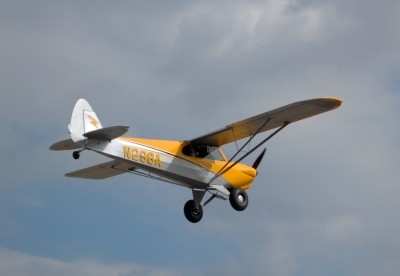
Among the proposals in the NPRM that the FAA is adopting is one
to require an endorsement for aircraft with a VH less than or equal
to 87 knots CAS, EAA, NAFI, and an individual commenter raised
objections. The Experimental Aircraft Association and NAFI said
they essentially agreed with the concept, but aid that initial
certification in a single engine land airplane should be sufficient
to fly other single-engine airplanes within the definition of light
sport aircraft. The individual commenter did not believe
accident data support the 87-knot-CAS division any longer and
suggested the distinction be withdrawn from this proposal and
removed throughout other light-sport regulations.
The FAA does not believe that receiving training in an airplane
with a VH greater than 87 knots CAS will adequately prepare a sport
pilot to operate a low-speed, high-drag airplane with a VH less
than or equal to 87 knots CAS without additional training. The
agency maintains the proposed endorsement to operate an aircraft
with a VH less than or equal to 87 knots CAS is justified and is
adopting this change.
The FAA had proposed to eliminate the requirement for flight
instructors with a sport pilot rating to have logged 5 hours of
flight time in order to provide flight instruction in a make and
model aircraft within a specific set of aircraft. The FAA believes
that the aeronautical experience requirements for the
issuance of a flight instructor certificate with a sport pilot
rating and the endorsements necessary to exercise those privileges
are sufficient for an instructor to safely provide flight
instruction in any aircraft for which that instructor has
privileges.
The agency believes that the aeronautical experience
requirements for the issuance of a flight instructor certificate
with a sport pilot rating and the endorsements necessary to
exercise those privileges are sufficient for an instructor to
safely provide flight instruction in any aircraft for which that
instructor has privileges. The agency has determined that 5 hours
of aeronautical experience in a particular make and model of light
sport aircraft therefore should not be required to safely provide
flight instruction in these relatively simple, non-complex
aircraft. The FAA is adopting this change as proposed.
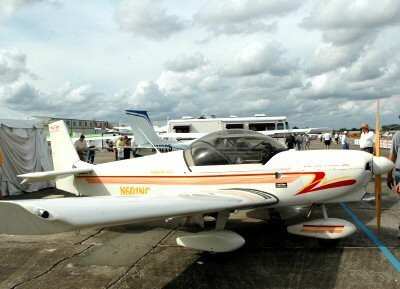
Another significant change would permit persons exercising sport
pilot privileges and the privileges of a student pilot seeking a
sport pilot certificate to fly up to an altitude of not more than
10,000 feet mean sea level (MSL) or 2,000 feet above ground level
(AGL), whichever is higher. The FAA proposed to add the words "or
2,000 feet AGL [above ground level], whichever is higher" to allow
sport pilots and student pilots seeking a sport pilot certificate
to operate in mountainous areas higher than 10,000 feet MSL when
such operations are less than 2,000 feet AGL. The FAA is adopting
this rule as proposed.
Other rules changes deal specifically with weight-shift control
aircraft and powered parachutes. The changes become effective April
2, 2010.
 Airborne 10.15.25: Phantom 3500 Confounds, Citation CJ3 Gen2 TC, True Blue Power
Airborne 10.15.25: Phantom 3500 Confounds, Citation CJ3 Gen2 TC, True Blue Power Updated: Gryder Arrested On Gun Charge, Cites Georgia Stand Your Ground Law
Updated: Gryder Arrested On Gun Charge, Cites Georgia Stand Your Ground Law Aero-News: Quote of the Day (10.18.25)
Aero-News: Quote of the Day (10.18.25) ANN's Daily Aero-Term (10.18.25): Final Approach Point
ANN's Daily Aero-Term (10.18.25): Final Approach Point Classic Aero-TV: Eyeing the Hawk
Classic Aero-TV: Eyeing the Hawk








